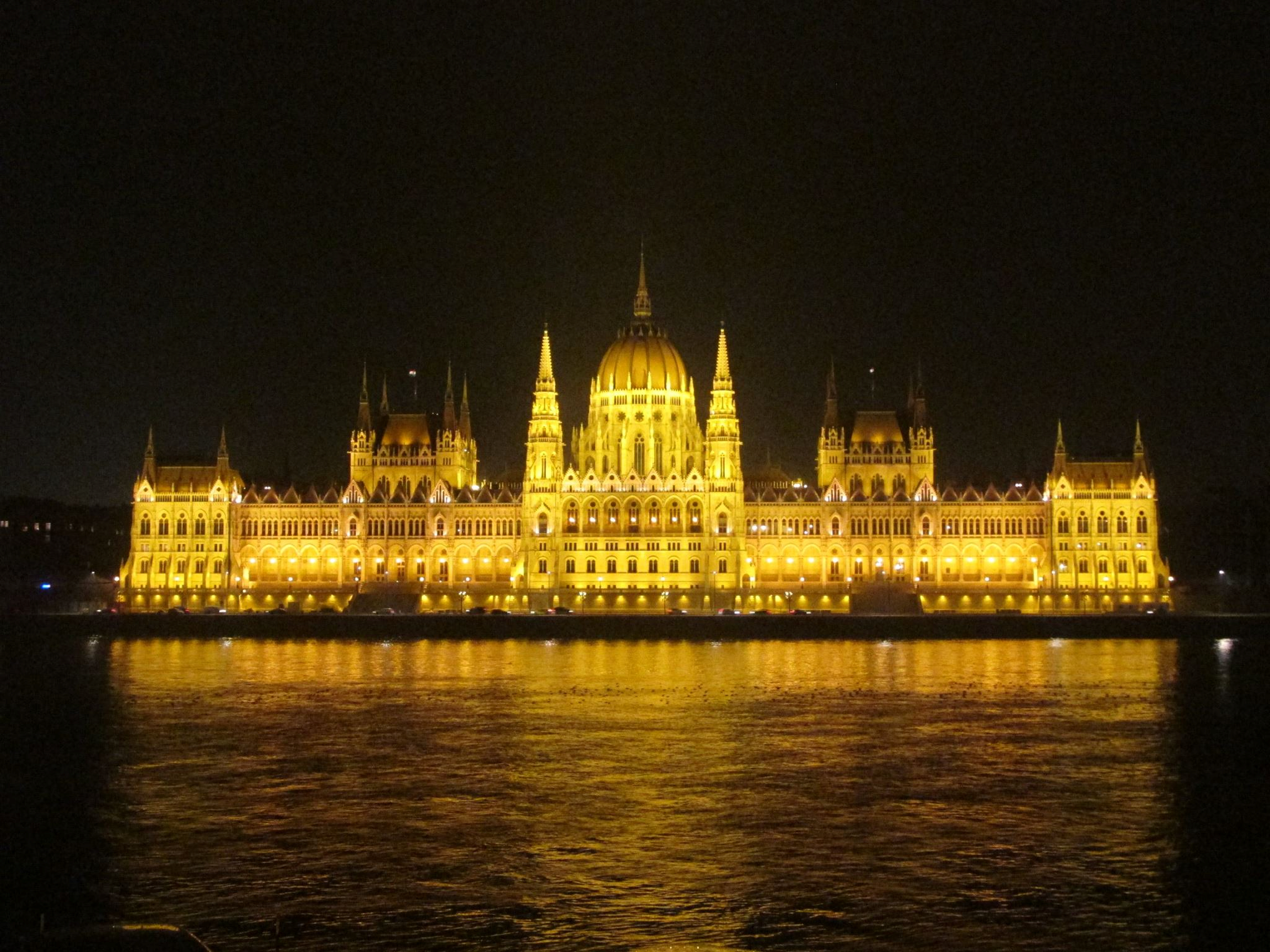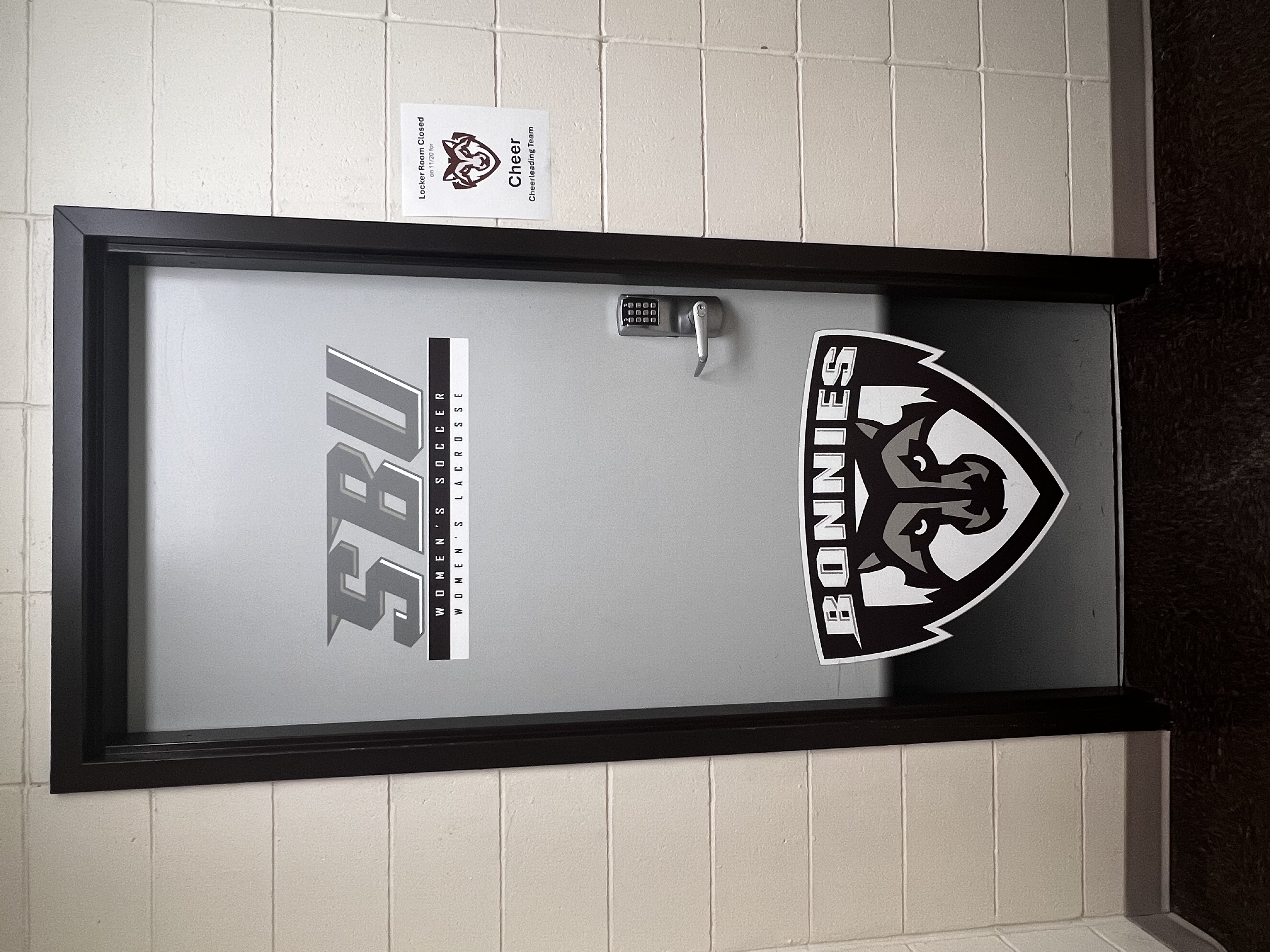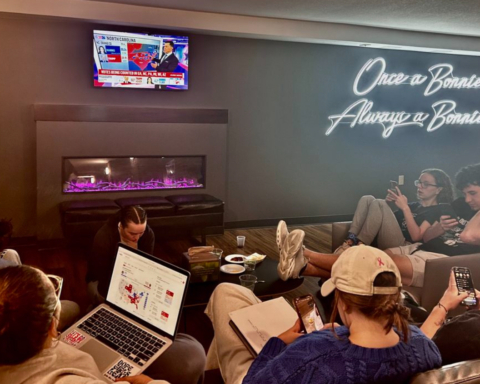By Harrison Leone
Czech Correspondent
It was a dismal, rain-soaked morning, and my roommates and I had just spent the better part of an hour wandering around southern Budapest looking in vain for our bus to Prague. It was 8:45. Our bus was scheduled to leave at 9.
We happened upon a young couple standing with their luggage, passports and tickets in hand. We asked, voices tinged with desperation and mounting panic, if they were by chance headed to Prague.
“Yes, yes,” the man replied. “On the 9:30 bus.”
We had read the ticket wrong. The couple read the relief on our faces and responded with friendly smiles and small talk.
“Where are you from?” the man, who spoke the only English of the two, inquired.
“America.” I said.
“America?” he said, his face brightening in surprise. “What are you doing in Budapest?”
Good question.
My roommates and I had decided to make the Hungarian capital our first international trip out of Prague less than a week after arriving. We were able to find tickets on a coach bus for just under 40 Euros, or a little less than $50, and a short six-hour trip later, we arrived in the outskirts of the city.
We found our hostel and, having consumed only granola bars and complimentary bus hot chocolate, quickly set about finding a meal, preferably an authentic Hungarian one.
What we found was the utterly strange “Jack’s Burger,” an American-style steakhouse stuck in the middle of city, complete with French Fries, country music and peach cobbler. This could have been one of a million roadhouse clubs in America, yet here it was, nearly five thousand miles away, playing Trace Adkins and serving hot dogs.
Our hostel was on the fourth floor of an apartment building around the corner from St. Stephen’s Basilica, the largest church in Budapest, built during the city’s 1000-year jubilee in 1896. On the square in front of the church sat a California Coffee Company and a Starbucks.
The next day, after resting and recovering in the surprisingly comfortable and spacious hostel, we ventured out into the city with our sights set on the city’s famous thermal baths.
Budapest was built on top of natural hot springs, which have been monetized into a giant spa complex since the 19th century. In the central, open-air courtyard of the Széchenyi Baths, two massive, naturally fed hot-tubs bracket a swimming pool. Steam emanated invitingly off these pools as locals engaged in games of chess along the pool’s edge.
From the spa, we took the subway back into the city after negotiating, with some difficulty, the ticket office.
In Prague, I had become familiar enough with a few choice phrases – and enough people speak English – to make interactions relatively smooth and painless. In Hungary, while tour guides and certain merchants spoke English, the language barrier was much more pronounced. Hungarian, a non-Indo European language, emerging from Central Asia, is spoken only in Hungary and parts of surrounding nations. If Czech was an alien linguistic experience, Magyar, as it is known by the locals, was a whole different, unpronounceable animal.
That night, I cut off from the rest of the group and went to view the sites of Budapest after dark. The city has been dubbed “The Paris of Eastern Europe” and, while I have never been to France, my breath was certainly taken away.
I crossed the famous Chain Bridge from the Pest side of the Danube into Buda, peering nervously over the waist-high threshold into the roiling black waters below. As I walked north along the river, I could see the street’s lights and bridges were beginning to come to life. The landscape was overwhelmed, however, by the Hungarian Parliament building, which took the early pole position for coolest thing I’ve seen in Europe.
The Parliament is an absurdly massive building which could be divided in fifths and each one of those divisions would themselves be postcard-worthy structures. Every single inch is covered in golden light that dominates the scene. I stopped for a full five minutes and took in the full grandeur of one of Europe’s most amazing architectural feats.
Later that night my roommates and I ventured into the old Jewish Quarter, which had become the bar district, to discover what exactly a “ruin pub” was. These ramshackle bars, built in condemned or abandoned apartment buildings around Budapest, are complete with exposed pipes, Soviet-Era appliances and used furniture. It was a look into the city’s past supplemented by bitter Hungarian rum.
After sleeping off the ruin pub, the next morning found us going to the Terror House, a museum dedicated to the Hungarian victims of Nazism and Communism. It was a somber and disturbing, yet beautiful tribute, housed in the very building in which the Hungarian secret police tortured and killed dissidents during the era of Communist rule.
To recover from this emotionally draining walk through history, we dined on authentic Hungarian food (sausage, cheese bread and goulash) and hiked up a small hill overlooking the city. Even through the mist of a light drizzle, you could see the city stretch on nearly endlessly in every direction, devoid of skyscrapers, yet a titanic metropolis nonetheless.
Coming back to Prague, after a return trip extended by an additional stop and a bus packed to capacity, felt refreshing and familiar. It’s amazing that something that seemed like a different planet only a week ago could feel like home.







